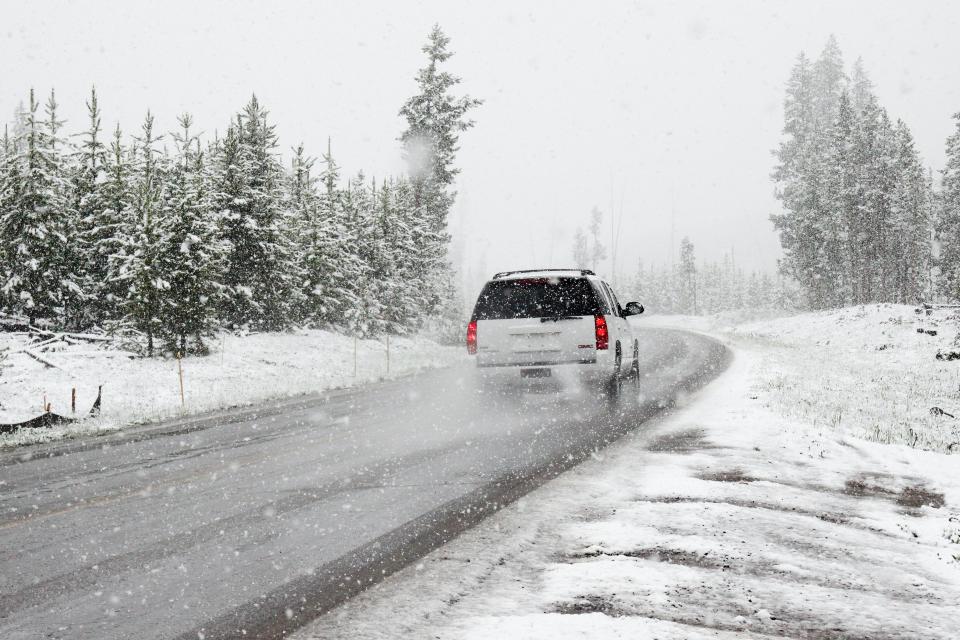Today, the road signs of the maximum permitted summer speed of 110 km/h will be removed on Estonian national roads. On all 2+1 and certain sections of 2+2 roads, the speed limit remains 100 km/h. Elsewhere, the maximum permitted speed is 90 km/h.
In addition, the Road Traffic Management Unit of the Transport Board retains the right to establish a maximum permitted speed of up to 110 km/h in daylight and in good driving conditions on road sections with traffic signs with variable information.
A stationary speed of 100 km/h will also be established for the time being on the new Tartu City in the west of Estonia (pop. 91,000). highway Võõbu–Mäo 2+2 section until the signs with variable information start working.
"We remind road users that the highest speed limit is not mandatory. You have to monitor the road and driving conditions and choose the corresponding speed," said Siim Vaikmaa, head of the Road Traffic Management Unit of the Transport Board.
"In the case of winter road conditions, it is worth remembering that overtaking can take significantly longer, and since overtaking lanes on 2+1 roads are of limited length, this dangerous maneuver should be avoided. Even on 2+2 roads, when overtaking, the slipperiness of the road surface can be different in different lanes," he noted.
For the winter, the speed limit will be up to 110 km/h on a total of 139.7 kilometers and 100 km/h on a total of 186.4 kilometers. A higher speed is established in those places where the traffic environment is ready for it. In those sections where there is a greater risk of accidents involving wild animals and pedestrians, the speed will be kept at 90 km/h for the winter. On the Tallinn Tallinn, the largest city and capital of Estonia (population 440 000). - Narva City in the NE of Estonia (pop.54,000). highway 2+2 section from Maardu to Aasper this year, the speed will not be increased above 90 km/h for safety reasons.
"For the most part of the Tallinn Tallinn, the largest city and capital of Estonia (population 440 000). - Narva City in the NE of Estonia (pop.54,000). road, wild animals are not prevented from getting onto the road, there are also many left and U-turns on the road, and pedestrians cross the road in the area of bus stops. There is also a relatively low traffic frequency in Lääne-Virumaa, which is why anti-slip materials, especially on the second lane, do not work as effectively as on road sections with a higher traffic frequency," explained Vaikmaa.
The speed must be reduced, because the drop in temperatures leads to a greater risk of slippage. In order to reach the destination safely, drivers must choose a driving speed and a safe driving style according to the road conditions. A slippery road in winter requires greater attention from drivers and consideration of other road users. In addition to possible slippery conditions, the high proportion of dark hours also makes driving more dangerous.
The use of studded tires is allowed from October 15, winter tires must be on all passenger cars by December 1 at the latest.



